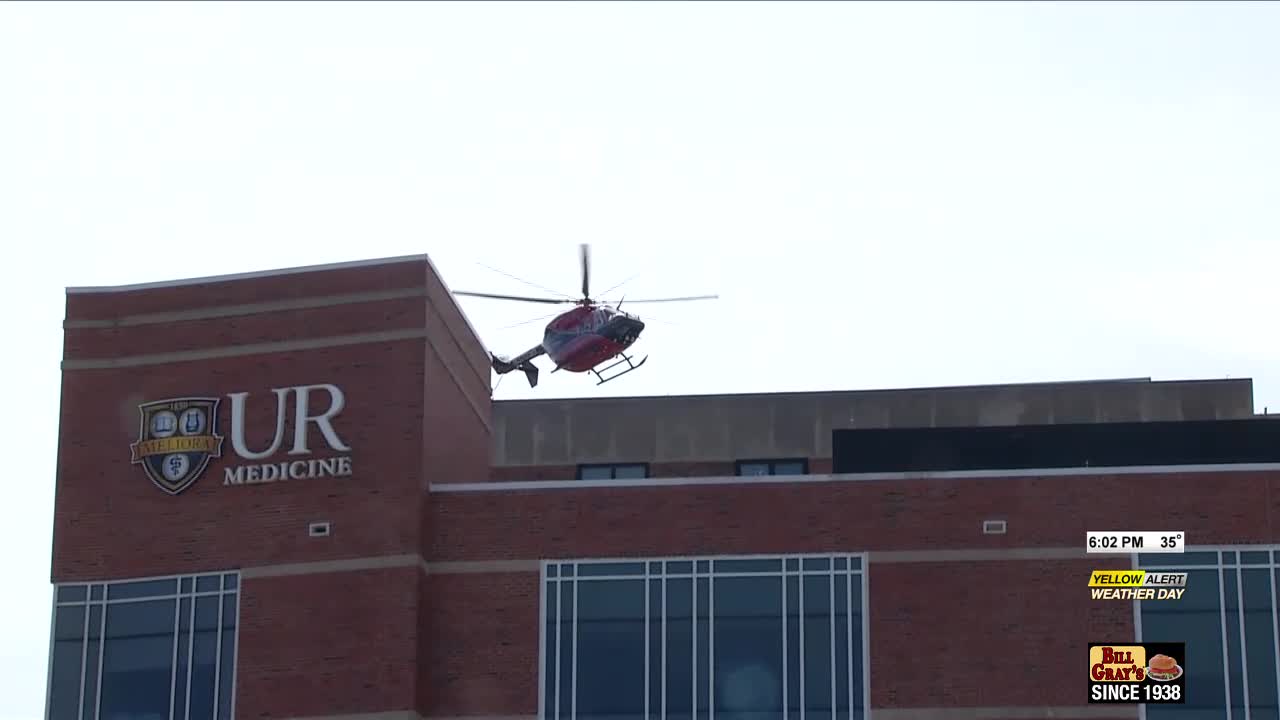
Według nowych badań ponowne zamrożenie biegunów poprzez zmniejszenie wpadającego światła słonecznego byłoby możliwe i znacznie tanie.
Bieguny Ziemi ocieplają się kilka razy szybciej niż średnia światowa. W rzeczywistości na początku tego roku odnotowano rekordowe fale upałów zarówno w Arktyce, jak i Antarktyce. Topniejący lód i zapadające się lodowce na dużych szerokościach geograficznych przyspieszyłyby wzrost poziomu morza wokół planety. Na szczęście ponowne zamrożenie biegunów poprzez redukcję wpadającego światła słonecznego byłoby niezwykle wykonalne i tanie. Tak wynika z nowych badań opublikowanych 15 września 2022 r. w IOP Publishing Komunikacja w zakresie badań środowiskowych.
Naukowcy opracowali potencjalny przyszły program geoinżynierii, w którym wysokogórskie strumienie rozpylają mikroskopijne cząsteczki aerozolu do atmosfery na 60 stopniach szerokości geograficznej północnej i południowej — mniej więcej Anchorage i południowym krańcu Patagonii. W przypadku wstrzyknięcia na 43 000 stóp / 13 000 metrów (powyżej wysokości lotu samolotu), aerozole te będą powoli dryfować w kierunku bieguna, zacieniając powierzchnię nieco poniżej.
Główny autor, Wake Smith, zauważa: „Istnieje powszechna i uzasadniona obawa przed rozmieszczeniem aerozoli w celu ochłodzenia planety, ale jeśli równanie ryzyko/korzyść ma się wszędzie opłacać, to na biegunach”. Smith Wykładowca w[{” attribute=””>Yale University and a Senior Fellow at the Mossavar-Rahmani Center for Business and Government at Harvard Kennedy School.
Particle injections would be performed seasonally in the long days of the local spring and early summer. Both hemispheres could be serviced by the same fleet of jets, ferrying to the opposite pole with the change of seasons.
Pre-existing military air-to-air refueling tankers such as the aged KC-135 and the A330 MMRT don’t have enough payload at the required altitudes. However, newly designed high-altitude tankers would prove much more efficient. A fleet of roughly 125 such tankers could loft a payload sufficient to cool the regions poleward of 60°N/S by 2°C per year. This would be enough to return them close to their pre-industrial average temperatures. Annual costs are estimated at $11 billion. This is less than one-third the cost of cooling the entire planet by the same 2°C magnitude and just a tiny fraction of the cost of reaching net zero emissions.
“Game-changing though this could be in a rapidly warming world, stratospheric aerosol injections merely treat a symptom of climate change but not the underlying disease. It’s aspirin, not penicillin. It’s not a substitute for decarbonization,” says Smith.
Cooling at the poles would provide direct protection for only a small portion of the planet. However, the mid-latitudes should also experience some temperature reduction. Since less than 1% of the global human population lives in the target deployment zones, a polar deployment would entail much less direct risk to most of humanity than a global program.
“Nonetheless, any intentional turning of the global thermostat would be of common interest to all of humanity and not merely the province of Arctic and Patagonian nations,” adds Smith.
In summary, the current study is just a small and preliminary step towards understanding the costs, benefits, and risks of undertaking climate intervention at high latitudes. It provides further reason to believe that such tools could prove useful both in preserving the cryosphere near the poles and slowing global sea level rise.
Reference: “A subpolar-focused stratospheric aerosol injection deployment scenario” by Wake Smith, Umang Bhattarai, Douglas G MacMartin, Walker Raymond Lee, Daniele Visioni, Ben Kravitz and Christian V Rice, 15 September 2022, Environmental Research Communications.
DOI: 10.1088/2515-7620/ac8cd3

„Introwertyk. Myśliciel. Rozwiązuje problemy. Specjalista od złego piwa. Skłonny do apatii. Ekspert od mediów społecznościowych. Wielokrotnie nagradzany fanatyk jedzenia.”






